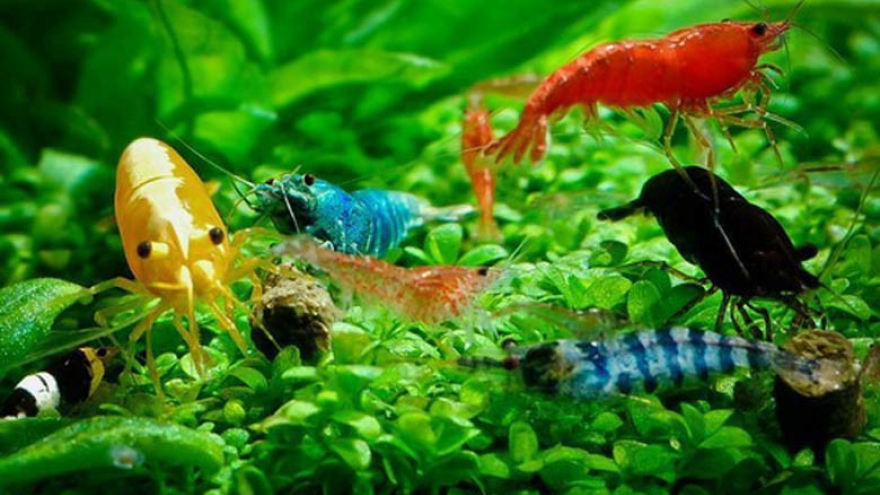Making a Vietnam shrimp brand
The Minister of Agriculture and Rural Development Nguyen Xuan Cuong said that it was necessary to identify shrimp as a national strategic product to boost farming, enhance quality and build a globally-recognised Vietnamese shrimp brand.
At a conference on August 15 which gathered shrimp producers and processors from 28 coastal provinces and cities, Cuong said that Vietnam had a large potential for shrimp production. However, scattered farming, shortage of quality raw materials together with the lack of a comprehensive development strategy and value chain were blocking its potential, Cuong said.
He said that shrimp had immense consumption markets.
 |
In addition, boosting shrimp farming turns out to be a good choice for Vietnam’s agricultural production as it could turn the salt intrusion in the Cuu Long (Mekong) River Delta into an opportunity.
“The Ministry of Agriculture and Rural Development, for the long term, will join hands with relevant agencies to build up a strategy for shrimp farming and processing towards a world-recognised Vietnamese shrimp brand,” said Cuong.
He urged local authorities to enhance management towards all shrimp farming stages, from breeding to disease prevention, while shrimp farmers apply new farming techniques and technologies to improve shrimp quality.
Experts at the conference said that developing breeding shrimp became critical to boosting shrimp farming, adding that heavy reliance on imported breeding shrimp existed as a major challenge.
Dang Quoc Tuan, deputy director of Viet Uc Seafood, a leading shrimp farming company, said Vietnam had a great opportunity to become one of the world’s biggest shrimp producers, given the chances coming from the participation in free trade agreements (FTAs) such as the ASEAN Economic Community and Trans-Pacific Partnership.
“Quality breeding shrimp is the decisive factor for success,” Tuan said.
According to Nguyen Hoang Anh, president of Binh Thuan Province Shrimp Association, the quality of breeding shrimp will decide up to 70% of the output of shrimp farming.
However, failure in controlling the origin and quality of breeding shrimp as well as managing the uses of chemicals were badly affecting shrimp quality.
The association proposed that the Ministry of Agriculture and Rural Development attach greater attention to shrimp breading to ensure quality and promote domestic breading.
Vietnam currently needed around 130 billion breeding shrimp every year, but local breeding could meet only 40% of the demand.
Especially, farming of white leg shrimp remained heavily reliant on imported breeding shrimp, mainly from the US, Singapore, Thailand and Mexico.
Statistics from the Directorate of Fisheries showed that as of June, Vietnam had 1,750 giant tiger prawn breeding farms and another 510 white-leg shrimp breeding farms.
In the first half of this year, shrimp output reached 191,000 tonnes.
The Vietnam Seafood Exporters and Processors early this month forecast that Vietnamese shrimp exports would top US$3 billion this year, after achieving US$1.4 billion in the year’s fist half



